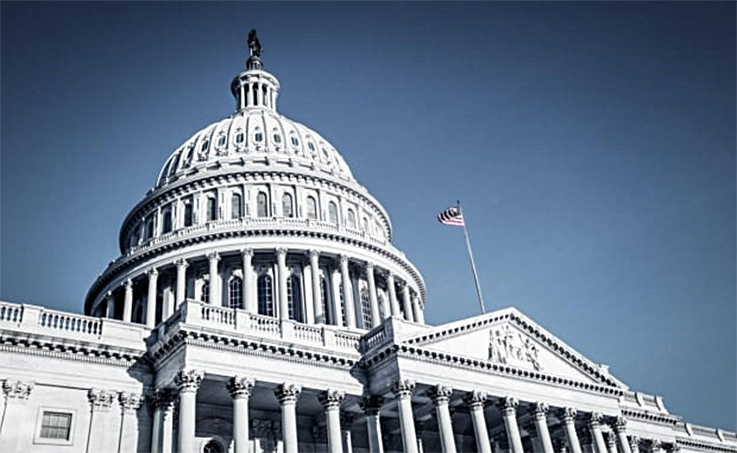In a move that could have far-reaching effects on student loan borrowers, a new bill has been proposed with the aim of making the Public Service Loan Forgiveness (PSLF) waiver a permanent fixture. This proposal, if passed into law, could bring about significant changes to the landscape of student loan repayment and forgiveness programs. Let’s delve into the details of this bill, its potential implications, and the considerations that borrowers need to keep in mind.
Understanding the PSLF Program
The Public Service Loan Forgiveness program was established with the intention of providing relief to individuals working in public service and nonprofit organizations. Under this program, borrowers who meet specific criteria can have their remaining federal student loan balances forgiven after making 120 qualifying payments while working full-time in eligible public service positions. The program has been a source of hope for countless borrowers burdened by student loan debt.
The Proposed Bill
The bill, which aims to make the PSLF waiver permanent, is generating both anticipation and skepticism among borrowers, policymakers, and advocacy groups. The core idea behind the bill is to ensure the longevity and stability of the PSLF program, eliminating the uncertainty that borrowers often face due to changes in administrations and policies.
Implications for Borrowers
If the bill becomes law and the PSLF waiver is permanently cemented, it could offer several key benefits to borrowers:
- Long-Term Certainty: Borrowers can plan their careers and financial futures with more confidence, knowing that the PSLF program will remain a viable option throughout their repayment journey.
- Encouragement for Public Service: The permanence of the PSLF waiver could further encourage individuals to pursue careers in public service and contribute to their communities without the fear of changing eligibility criteria.
- Stability in Loan Repayment: Borrowers can strategically manage their loan repayment plans, maximizing their benefits under the PSLF program without the risk of evolving rules.
Considerations for Borrowers
While the proposed bill has the potential to bring positive changes, borrowers should keep several considerations in mind:
- Legislative Process: The bill must navigate the legislative process, which can involve amendments, debates, and negotiations. Its final version may differ from the initial proposal.
- Eligibility Criteria: Borrowers should closely monitor any updates to the eligibility criteria for the PSLF program. Changes could impact who qualifies and under what conditions.
- Financial Planning: It’s important to consider the long-term financial implications of enrolling in the PSLF program. Borrowers should assess their repayment strategies, financial goals, and potential forgiveness amounts.
- Alternative Options: While the PSLF program can offer significant benefits, borrowers should also explore alternative repayment and forgiveness options that align with their individual circumstances.
- Ongoing Monitoring: Staying informed about legislative developments, program updates, and changes in student loan policies is crucial for borrowers who may be impacted by the bill.
In conclusion, the proposal to make the Public Service Loan Forgiveness (PSLF) waiver a permanent feature is a significant step in the realm of student loan repayment and forgiveness. While the bill holds promise for borrowers seeking relief, it’s essential for individuals to remain engaged, informed, and proactive throughout the legislative process. As the landscape of student loans continues to evolve, borrowers must navigate their options wisely and make decisions that align with their financial goals and aspirations.




